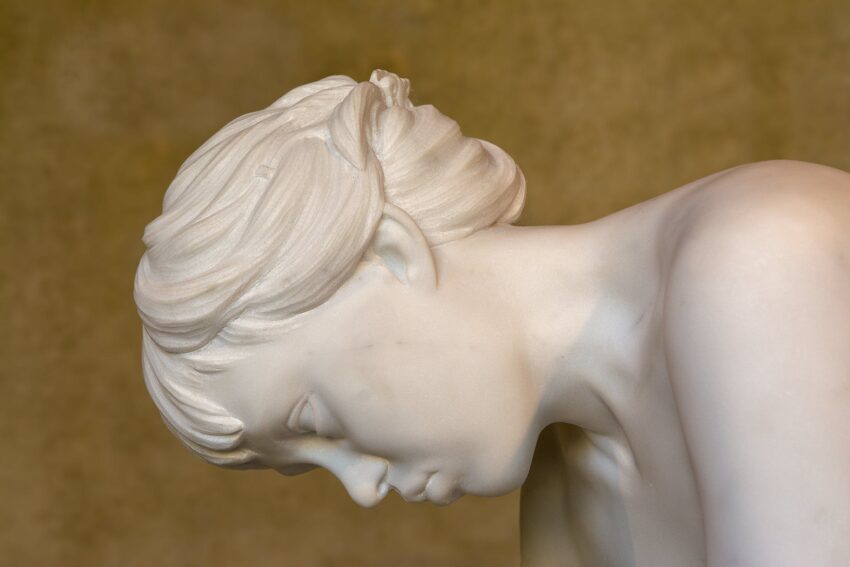The realms of Art, Music, and Psychedelics have for ages engaged in a prolific dance, birthing an intricate cross-pollination of ideas and expressions that push the boundaries of human creativity. This unique transdisciplinary confluence creates an otherworldly ecosystem where vibrant visual arts, thrilling psychedelic rock music, and complex sacred geometry thrive, drawing upon the potent power of altered states of consciousness.
This intriguing relationship between Psychedelics and creativity has seen many artists and musicians citing these elusive substances as vital catalysts in their creative journeys. These substances, known to induce altered states of perceptual experience, could provide profound insight into the wellsprings of human imagination and spiritual connection.
One of the most iconic expressions of this unconventional paradigm is the Psychedelic Art movement of the 1960s and 70s. This wave of artistry was marked by its vibrantly-colored illustration, dreamlike imaginations, and complicated, fractal patterns inspired by sacred geometry. The use of such multilayered patterns and imaginations in the art was a translation of the intense visual experiences often reported during psychedelic journeys. This kind of Visual Art expression provided a glimpse into the complex cognitive processes unleashed by psychedelics, marking a fascinating intersection of neuroscience, art, and culture.
On the other hand, Psychedelic Music, particularly Psychedelic Rock, harnessed these altered states to explore new sonic landscapes. Artists such as Jimi Hendrix, The Grateful Dead, and Pink Floyd ingeniously used unusual instruments and techniques to create music that echoed the hallucinatory experiences of psychedelic substances. This music genre embodies the quintessential sense of freedom and rebellion borne out of the psychedelic culture.
However, it is worth noting that the crossover of psychedelics and music isn’t confined to rock and roll. The more modern concept of Sound Healing, which applies the vibrational qualities of sound to promote wellness, also benefits from the expansive nature of psychedelic experiences. Many individuals report a heightened connection with sound during these journeys, paving the way for therapeutic applications.
Recently, the conversation around psychedelics has evolved with a resurgence of scientific interest in their therapeutic potential, and a critical element in this rejuvenated exploration is the concept of Experiential Aesthetics. The term refers to the experiential and phenomenological element of psychedelic experiences – the personal, subjective exploration of one’s mind and senses that foster deep, often profound, connections with different forms of art.
The burgeoning interest in psychedelic science has reinforced the notion that these substances could unveil new doorways to human creativity. As research progresses, we are primed to uncover deeper insights into the neurobiological mechanisms that foster artistic expression, potentially informing artists and musicians on novel ways to harness their inventive prowess.
With an insatiable curiosity embedded in human nature, it is no surprise that we continue to explore the ever-evolving dance between Art, Music, and Psychedelics. Regardless of the ethical and societal implications surrounding the use of these psychoactive substances, their role in fostering creativity and novelty in artistic expression is undeniable. The journey of understanding how altered states might enhance creativity and connectivity within human beings is one full of intrigue, mysticism, and insightful revelations that is far from over.
As we continue to traverse the mysterious realms of human consciousness and creative expression, the alliance of Psychedelic Art and Music serves as a powerful testament to the profound beauty and complexity of the human mind. This cross-pollination of disciplines solidifies the potential for an exciting future of interdisciplinary exploration – one that refuses to be boxed into societal norms and dares to traverse the unchartered territories of the mind, music, and visual art.
Sources:
1. Howstuffworks
2. Tate
3. Britannica
4. Wikipedia
